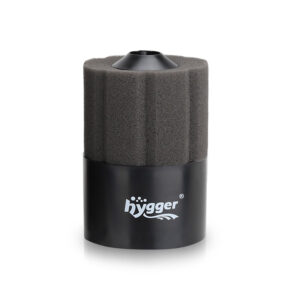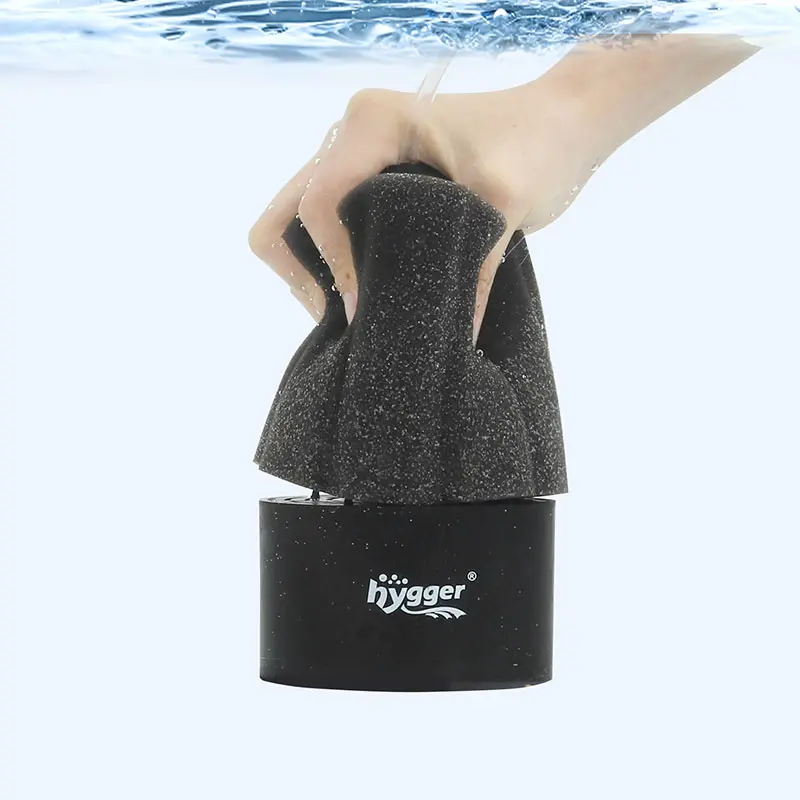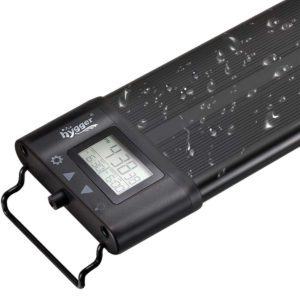Fish Profiles – Arapaima Streamlined Freshwater Fish
Arapaima is a large bonytongue freshwater fish. Reports said that some can even reach 15 feet (450 cm) in length. Adult weight can reach up to 440 lb (200 kg). Besides that, arapaima can breathe air out of water. So if you’re interested in arapaima, and want to know more about it, just read on, then you can find out more about arapaima fish. For instance, origin, diet, care guides, etc.
What is arapaima gigas
Arapaima gigas is a massive, yet sleek and streamlined freshwater fish. It is native to the streams of the Amazon River basin. Commonly, arapaima gigas come in gray, gray-green, black, or white bodies, as well as red scales on the tail. Also, it possesses hard and armor-like scales, which protect the fish from attacks.
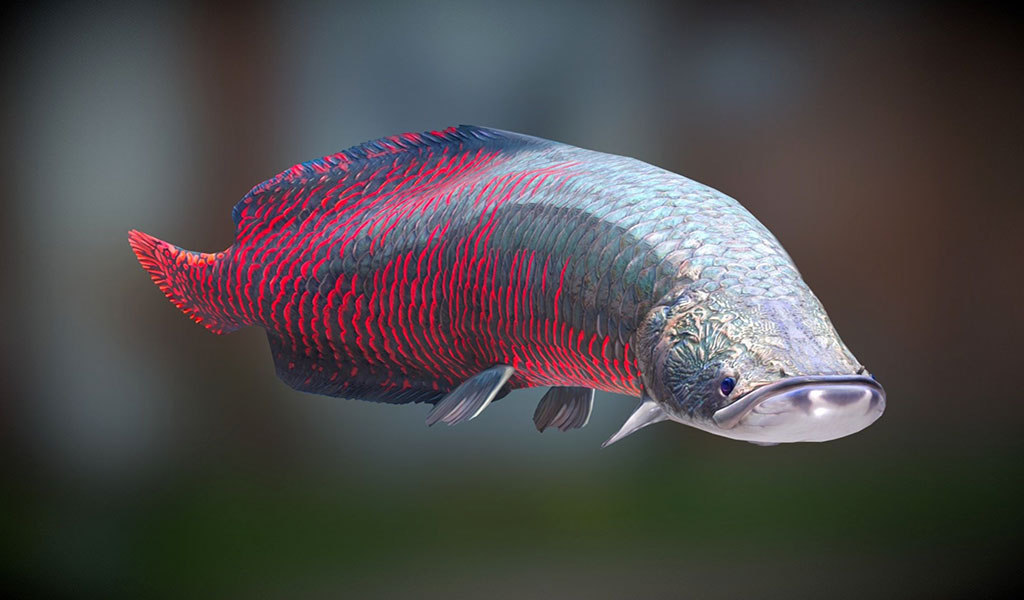
arapaima gigas
Next, let’s take a look at some basic information about Arapaima gigas.
| Family | Osteoglossidae | Diet | Carnivores & Omnivores |
| Other names | Arapaima /Pirarucu /Paiche | Care Level | Difficult & Not a good option for amateur aquarists |
| Common adult size | 6.5-8 ft /200-240 cm | Temperament | Non-territorial, but aggressive sometimes |
| Common adult weight | About 200 lb /90.7 kg | Swimming level | Middle & Top dwellers |
| The average lifespan in captivity | 15–20 years | Minimum tank size | 1000 gallons |
Are arapaima dangerous
Features of arapaima
Arapaima features a large head and mouth, but the eyes are small. Plus, most of Arapaima’s teeth are on the roof of the mouth or the tongue. The sharp teeth are beneficial to tear large prey and help to defend against predators. Furthermore, arapaima prefers slow to medium water flow rates.
Care guides about arapaima fish keeping
| Water parameters requirements |
|
|
|
|
|
|
2. Tank requirements
- Tank size
While arapaima is massive and can grow up to 6.5-8 feet. It requires plenty of space to swim, explore, or hide. Consequently, a large tank of at least 1000 gallons is necessary. The optimal tank size can be 2500 gallons. However, the large arapaima size makes it hard to keep in captivity. Concerning the substrate, fine gravel is an excellent alternative.
- Add aquatic plants
Aside from that, it is feasible to add some floating aquatic plants, but just a small amount. Because arapaima is an air breather. You should leave adequate room on the water surface for fish to breathe. In the case of leaving enough places for fish to swim, you can add thick aquatic plants on the sides and back of the arapaima tank.
- Tips for adding aquarium lid
Moreover, arapaima is an experienced jumper. Suppose you plan to add an aquarium lid to the arapaima tank. You’d better leave sufficient space between the aquarium lid and the water surface.
3. Tankmates
Arapaima is non-territorial but would sometimes become aggressive to the same species. As a result, it is better to keep arapaima alone in a tank. Nonetheless, if there is enough space, you can keep arapaima with other fish species of similar size. But large predators are not great options. For example, Cichlids and Oscars. Also, never make Arapaima feel threatened. Or it will also be aggressive.
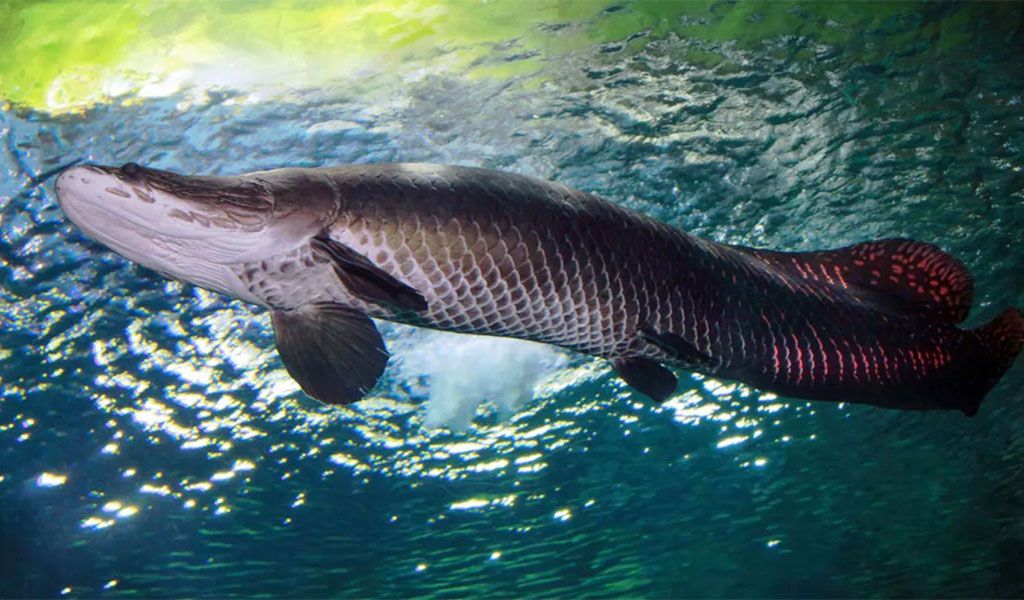
4. Daily maintenance
Regular water change is crucial. It is recommended to change 15-30 percent of water once every week. Otherwise, poor water quality would pose risks of health issues, like skin flukes, parasitic infections, and bacterial infections.
5. Necessary aquarium equipment
According to the real-time temp, if necessary, you should add an aquarium heater to keep warm and stable water. For instance, in the case of cold weather. Plus, arapaima would produce a lot of waste. And it would trigger lousy water quality. Thus, it is vital to build a great and large filtration system. Also, though arapaima can breathe out of the water and survive under a low oxygen level of 0.5 ppm, creating an excellent aeration system can provide a comfortable living environment.
What does arapaima eat
Arapaima are carnivores and omnivores. It eats a wide variety of foods, such as plankton, crustaceans, krill, small fish, live food, pellets, frozen food, etc. The juvenile arapaima is fond of insects and fish larvae. No matter what you feed, it is necessary to make sure of a balanced and high-protein diet. Additionally, arapaima is diurnal. Accordingly, it is better to feed it during the day. You can feed Arapaima 2–3 times each day.
Facts about the arapaima fish
Arapaima is an air breather that regularly breathes air on the water’s surface. For instance, arapaima may come to the water surface to breathe once every 5–15 minutes. Generally, at the time of 8–9 days after hatching, arapaima will transfer from a water breather to an air breather. During the process, the structure of Arapaima’s gills will change. Also, the kidneys make sense of nitrogenous waste excretion. Arapaima would attack humans, if someone gets too close to them. Furthermore, arapaima will jump out of the water in the face of uncomfortable living conditions or harassment. Sometimes, arapaima even can break through the aquarium glass.
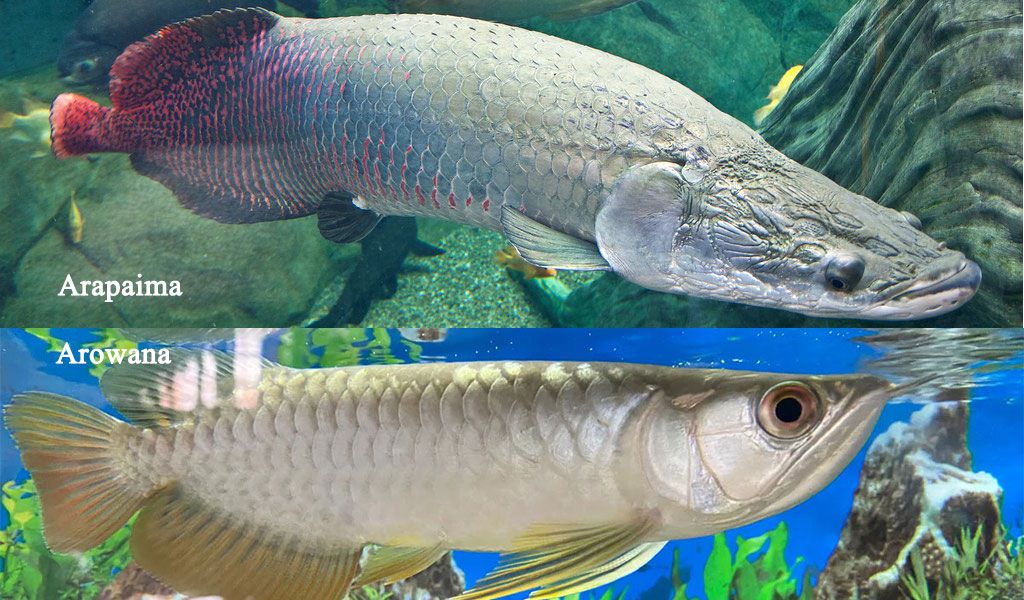
arapaima vs arowana
What is the difference between Arapaima and Arowana
| Differences | Arapaima fish | Arowana |
| Origin | Streams of the Amazon River basin in South America | Africa /Asia /South America /Australia |
| Size | 6.5-8 feet | 3–4 feet |
| Minimum tank size | 1000 gallons | 250 gallons |
| Temperament | Non-territorial, but aggressive sometimes | Aggressive |
| Parenting style | Male and female arapaima protect the nest together | Before hatching, male arowanas carry the eggs in the mouth |
Besides that, if you want to learn more about arowana, you can go to:

